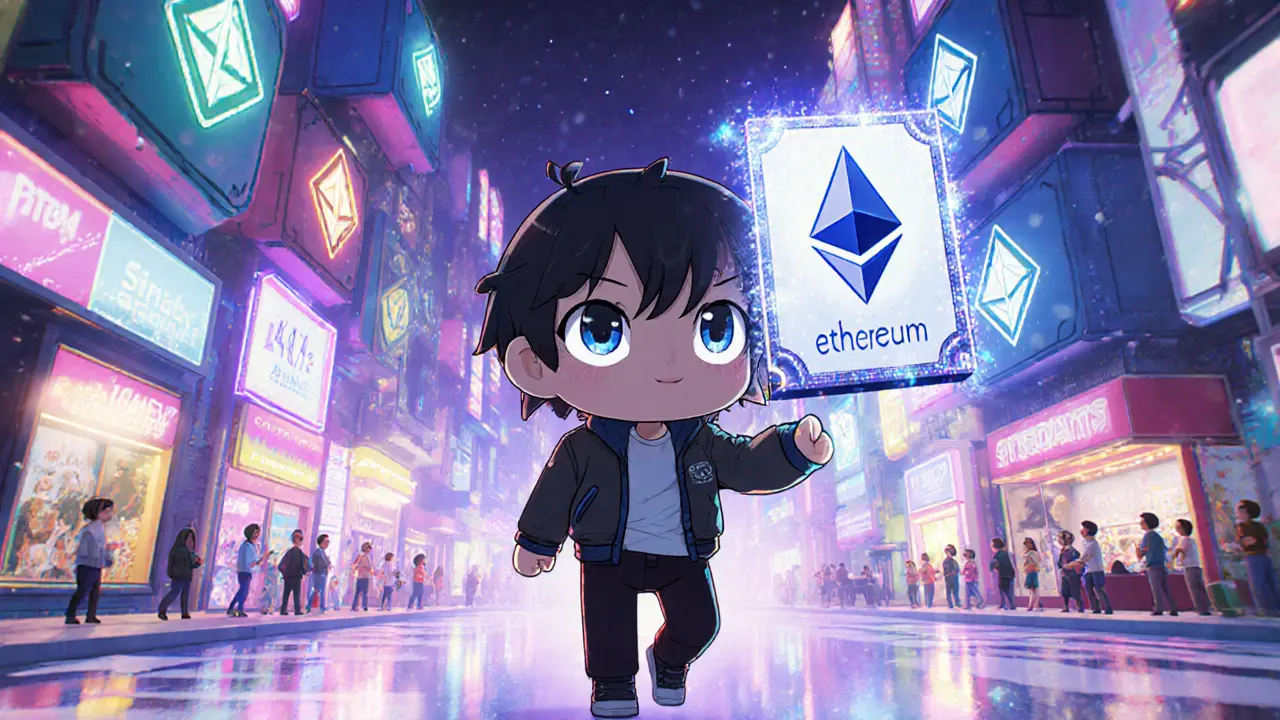The Sandbox: What It Is, How It Works, and What You Need to Know
When you hear The Sandbox, a decentralized virtual world built on Ethereum where users create, own, and monetize gaming experiences using NFTs and cryptocurrency. Also known as SAND metaverse, it’s one of the few blockchain games that actually lets you earn real value from playing, not just hoping. Unlike fake crypto projects that vanish after a hype cycle, The Sandbox has been around since 2012 and grew into a full-blown metaverse platform after partnering with major brands like Adidas, Ubisoft, and Snoop Dogg.
At its core, The Sandbox is made up of three main parts: LAND, ASSETS, and GAME MAKER. LAND, digital plots of virtual real estate bought and sold as NFTs on the Ethereum blockchain are the foundation. You don’t just buy land—you build on it. ASSETS, 3D objects like characters, weapons, or buildings created by users and turned into NFTs are uploaded using free tools and traded on the marketplace. And GAME MAKER, a no-code tool that lets anyone turn LAND and ASSETS into playable games without programming skills is what turns passive owners into active creators. Together, they form a self-sustaining economy where creators earn SAND, the platform’s native token, when others play their games or buy their items.
But here’s the catch: most people don’t make money in The Sandbox. They spend it. The top 1% of LAND owners control over 70% of the value. If you’re thinking of buying LAND, you’re not just buying pixels—you’re betting on whether people will still care about virtual real estate in five years. And while big names like Snoop Dogg’s virtual mansion get headlines, the real action is in small creators building quirky games that go viral. Some users turn $50 worth of SAND into $5,000 by designing a simple puzzle game. Others lose everything chasing hype.
What you’ll find below isn’t a list of tutorials or buy guides. It’s a collection of real stories—some about people who made money, others about scams disguised as The Sandbox airdrops, and a few about platforms pretending to be official. You’ll see how fake SAND tokens circulate on Telegram, how users get locked out of wallets after clicking shady links, and why the official marketplace is the only place you should trade. There’s no magic here. Just blockchain, creativity, and a lot of noise. What matters is what you build—and who you trust.

